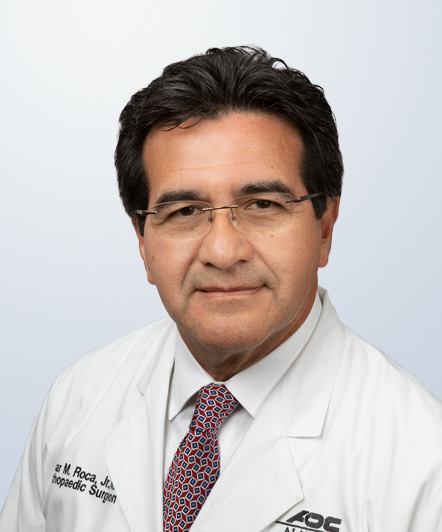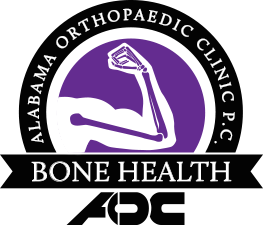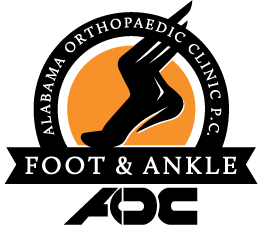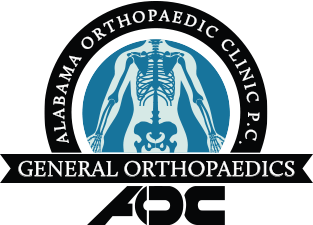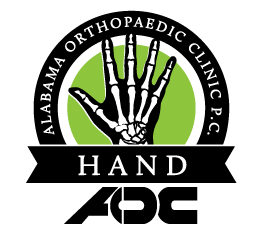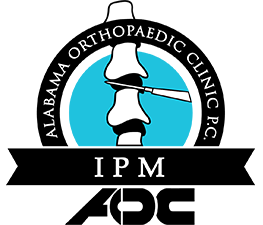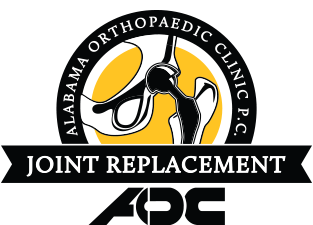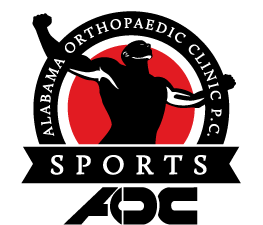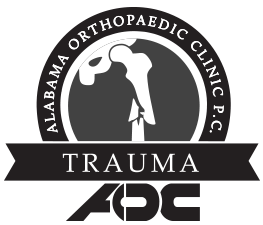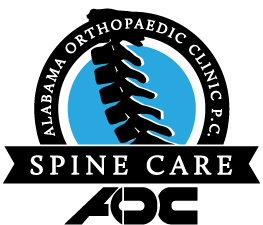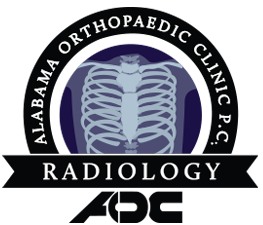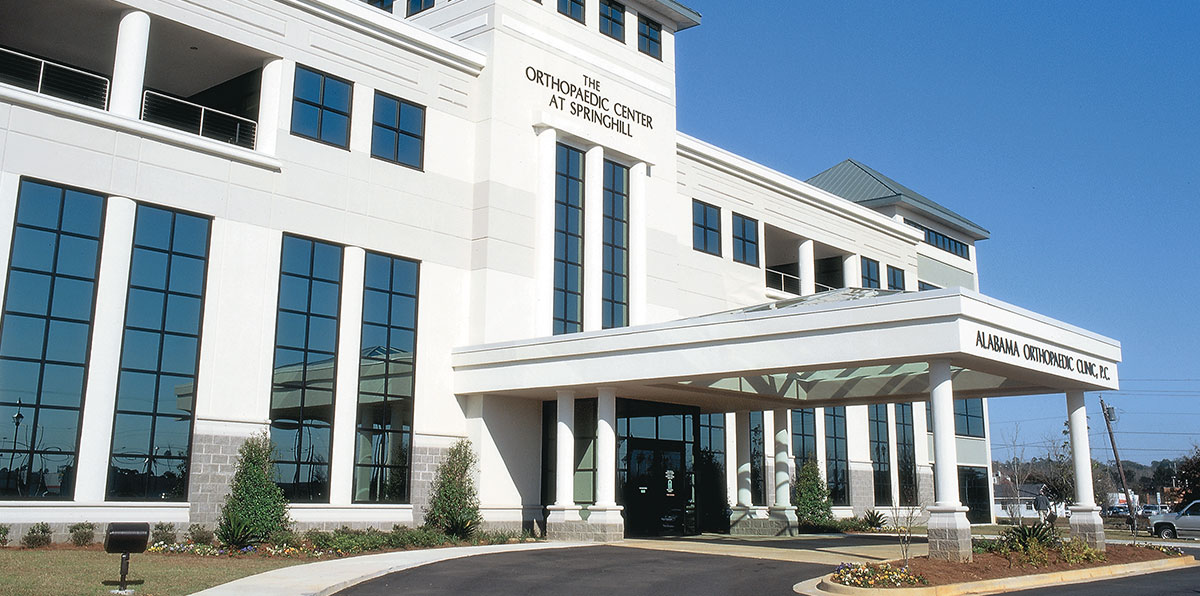During the countdown to the 2012 London Olympics AOC is going to spotlight some USA Team members who were able to recover from an injury and fulfill their dreams of making the team. At AOC we applaud and love it when an athlete has a real COMEBACK RECOVERY and PERFORMANCE and is able to return to their passion.
The Olympics have been Katie Bell’s goal since she was younger, but injuries almost derailed that dream. At the Big Ten championships in Minnesota her freshman year, she mistimed a dive. She punctured a lung, separated chest cartilage and popped ribs out of place, though the full extent of the injury took two years to diagnose. Bell continued to battle injuries. She suffered a torn labrum in her shoulder two years ago, possibly because she was overcompensating from the previous injury.
“At that point, I didn’t even know if I was going to keep diving or not,” Bell said. “When I decided to keep diving, I set my mind on going to the Olympics. I worked so hard every year.”
To overcome her sports injury she saw many doctors, athletic trainers and a psychologist to heal her body and mind to get back to competitive diving. Last month after years of surgery, rehabilitation and hard work, Katie had a stellar COMEBACK PERFORMANCE and reached her dream of making the US Olympic Diving Team.
Keep up with Katie in this year’s London Olympics.
You can follow her on twitter at @HippieBell and we will keep you updated on our blog and Facebook page.
(info via www.dispatch.com)
Click here for more information on Katie Bell.
Click here to see more about Alabama Orthopaedic Clinic
LIKE AOC on Facebook
Follow AOC on twitter











